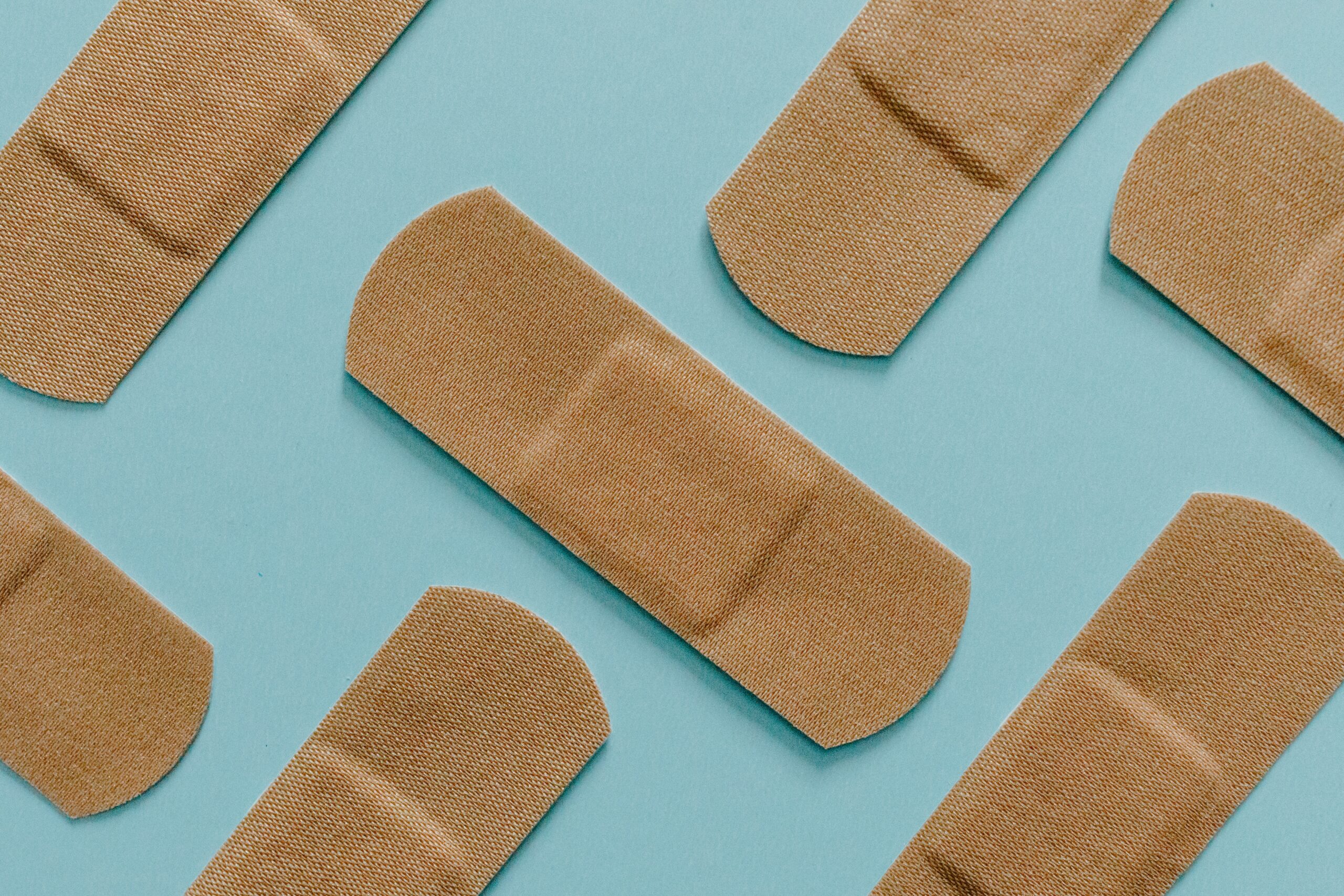In recent years, technological advancements have significantly transformed the healthcare landscape. Among these innovations, wearable medical devices for remote monitoring have emerged as a game-changer, offering new possibilities for both patients and healthcare providers. These devices, ranging from simple fitness trackers to sophisticated biosensors, are redefining the way health is monitored, managed, and maintained.
The Rise of Wearable Medical Devices
Wearable medical devices have become increasingly popular due to their ability to provide real-time health data. These devices include smartwatches, fitness bands, ECG monitors, glucose monitors, and even smart clothing embedded with sensors. The primary allure of these devices lies in their convenience and ability to continuously track various health metrics such as heart rate, blood pressure, oxygen saturation, physical activity, and sleep patterns.
Benefits of Remote Monitoring
1. Proactive Healthcare Management
One of the most significant advantages of remote monitoring is the shift from reactive to proactive healthcare. Wearable devices allow for continuous health monitoring, which means that potential health issues can be detected early before they develop into more severe problems. For example, an irregular heartbeat detected by a smartwatch can prompt a visit to the cardiologist before a more serious cardiac event occurs.
2. Enhanced Patient Engagement
Wearable devices empower patients by providing them with direct access to their health data. This increased visibility can motivate individuals to take a more active role in managing their health, adhere to treatment plans, and make healthier lifestyle choices. When patients are more engaged, outcomes improve, and the overall healthcare experience becomes more positive.
3. Convenience and Comfort
Remote monitoring eliminates the need for frequent in-person visits to healthcare facilities. For patients with chronic conditions or those requiring regular monitoring, this can be a significant relief. It reduces the burden on patients, caregivers, and healthcare systems, especially during times when accessing medical facilities may be challenging, such as during pandemics.
4. Data-Driven Insights for Healthcare Providers
For healthcare providers, wearable medical devices offer a wealth of data that can be used to gain insights into a patient’s health status. This data can be invaluable for making informed clinical decisions, personalizing treatment plans, and tracking the effectiveness of interventions over time. Moreover, it facilitates a more comprehensive understanding of a patient’s health outside of the clinical setting.
Technological Innovations Driving the Trend
Several technological advancements have catalyzed the growth and effectiveness of wearable medical devices:
1. Miniaturization of Sensors
The development of small, yet powerful sensors has enabled the creation of compact and comfortable wearables that can be worn continuously without causing inconvenience. These sensors are capable of accurately measuring various physiological parameters and transmitting data in real-time.
2. Advancements in Wireless Communication
The integration of Bluetooth, Wi-Fi, and cellular connectivity in wearable devices ensures seamless data transmission to healthcare providers. This continuous flow of data allows for timely interventions and reduces the lag between symptom onset and medical response.
3. Artificial Intelligence and Machine Learning
AI and machine learning algorithms are increasingly being used to analyze the vast amounts of data generated by wearable devices. These technologies can identify patterns, predict health events, and provide actionable insights, enhancing the predictive and preventive capabilities of remote monitoring systems.
4. Interoperability and Integration
Modern wearable devices are designed to integrate with electronic health records (EHR) and other healthcare systems. This interoperability ensures that the data collected by wearables can be easily accessed and utilized by healthcare providers, leading to more coordinated and efficient care.
Challenges and Considerations
Despite the numerous benefits, there are challenges associated with the widespread adoption of wearable medical devices for remote monitoring:
1. Data Privacy and Security
The collection and transmission of sensitive health data raise significant concerns regarding privacy and security. Ensuring that data is protected from breaches and unauthorized access is paramount to maintaining patient trust and compliance with regulations like HIPAA and GDPR.
2. Data Accuracy and Reliability
The accuracy and reliability of data from wearable devices can vary. Ensuring that these devices meet rigorous standards for medical-grade accuracy is crucial for their effectiveness in clinical settings.
3. Cost and Accessibility
While the cost of wearable devices has decreased, making them more accessible, there are still barriers for certain populations. Addressing issues of affordability and ensuring that these technologies are available to all segments of the population is essential for equitable healthcare.
The Future of Wearable Medical Devices
As technology continues to advance, the potential of wearable medical devices for remote monitoring will only expand. Future developments may include more sophisticated sensors, enhanced data analytics, and even more seamless integration with other healthcare technologies. These innovations will continue to drive the transformation of healthcare, making it more proactive, personalized, and efficient.
Get a Quality Adhesive for a Remote Monitoring Device
At The Tape Lab, we’re ready to bring your custom innovations to life. As medical device adhesive experts, we design, manufacture, and transform quality adhesives into personalized solutions.
Already have an idea of what you need? Want to pick the brain of an expert? Contact The Tape Lab and let’s combine your vision with our knowledge and industry-leading capabilities to create a custom adhesive solution.
Or call us to discuss your options: +1 949-930-3112

